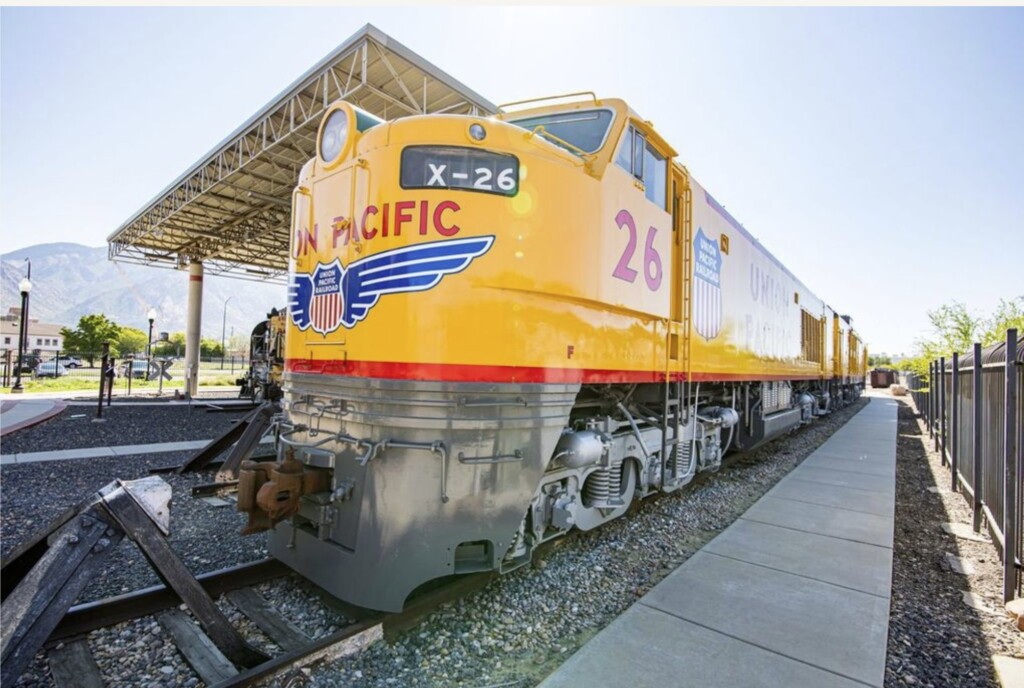
Those TV shows make it look so easy. Buy an old house, make some renovations, and sell it for a pile of money! But in the real world, investing in real estate is a speculative venture that requires a thorough knowledge of the housing market, access to capital (known as hard money), and a willingness to take a calculated risk. Real estate investors, known in the industry as “flippers”, purchase distressed properties at a discounted price, fix them up, and resell them at a profit. Flipping homes is a subspecialty within the real estate industry, and flipped homes accounted for 6.2% of all home sales in the US in 2019.
In this second installment about real estate investing, I spoke with Matt Strong, a Salt Lake investor who is also a hard money lender. Hard money is an asset-based loan that is issued by an individual or a company rather than a bank. These are high-cost, short-term loans (usually one year or less) that are not based on the borrower’s credit worthiness, but use the investment as collateral.
In a brisk housing market like Salt Lake is experiencing, selling a home is not hard to do, but it has to be a home someone wants, and it has to be worth the asking price. When looking for the perfect flip, Matt seeks out a fixer-upper that needs some serious TLC, and then invests the time and money necessary to make it desirable to a top-dollar buyer.
“My main business right now is hard money lending,” Matt explains. “Hard money is a pretty cool business because most investors don’t have the cash needed to buy a property, rehab it and sell it in the quick time frame that is needed to close on the property. And banks are not available to act as quickly as a hard money lender would. Hard money lending really means asset-based lending — you’re lending on a hard asset. So for me, I do not underwrite a borrower the way a normal bank would. I’m way more worried about the value proposition of the property. So if the deal goes bad, I can foreclose, take the property back, and still have equity to recoup my own and my investors’ money.”
Matt goes on to explain why he enjoys doing what he does. “I love buying, fixing and flipping houses,” he says, “because I can see something go from a terrible condition to improved condition, to full market value.”


An example of this is the low-end house Matt bought in Glendale for $45,000. Five months later, he sold it for $250,000.
“On the higher end,” he recalls, “I bought a $630,000 house at an estate sale after grandma passed away and the kids sold it in the current market condition, which was not great. It wasn’t a hammer house. It wasn’t totally distressed with sledgehammer holes in the drywall. It was just so outdated. We added $200,000 to the remodel and sold it for $1.2 million, all within about a six month period. It’s really, really cool to see that kind of value creation and improvement of a house and neighborhood.”
Some investors may use a flipped home as a revenue-generating asset by renting it out short or long-term before selling it. I asked Matt how he decides whether to rent a home or sell it.
“That’s a really good question,” he answeredreplied … Sometimes people turn a bad flip into a rental. And if you finance it the right way, long term, you’re always going to have a winner. But most successful flippers or real estate investors know their plan from day one.”
Matt has flipped close to 450 homes in his career. When asked if he’s ever lost money on a flip, he replied, “Absolutely. I figure I probably lose money on about 10% of my flips, especially when I’m doing them in high volume.”
One reason, Matt says, is the tendency to get caught up in making quick decisions to get the next deal and not taking the time to properly evaluate each one.
“That means you might pay the wrong price or underestimate your cost of repairs, or you have so many going that you don’t have the resources to handle them all, so they take longer, and it costs more money to finance them. And then sometimes you just have bad luck where the market turns part way through your flip. Otherwise, you did everything right, but you ended up losing money. All in all, I figured I’ve lost about $450,000 over the last 16 years on flips, which accounts for about 37 homes.”
Normal life events create opportunities for others, Matt says, explaining that “financial distress, divorce, death, old age, new job opportunities, growing families, et cetera, provide opportunities for investors who want to improve the value of a property. And sometimes people just don’t care about their properties and let them go to waste, which in turn, allows for a discount and an opportunity for an investor to come in, add value, make money, and sell the property at full market value.”
Matt will fund and/or flip houses “that the average person would run away from, because both myself and the investor buying the home can understand that it’s not about what it is today, it’s what it will be after the remodel is done. That,” he says, “is where the value is.”
MORE ON REAL ESTATE IN UTAH
The Big House Flip: Buying Low and Selling High in Salt Lake
Can cheap real estate still be found in Utah?
Utah’s Real Estate Crisis: Growing Gap Between Rich & Poor
Ogden Valley Today: Is the booming real estate squashing out the local community?
Salt Lake City Housing Crisis, Escalating Real Estate Prices and What is Being Done about It



